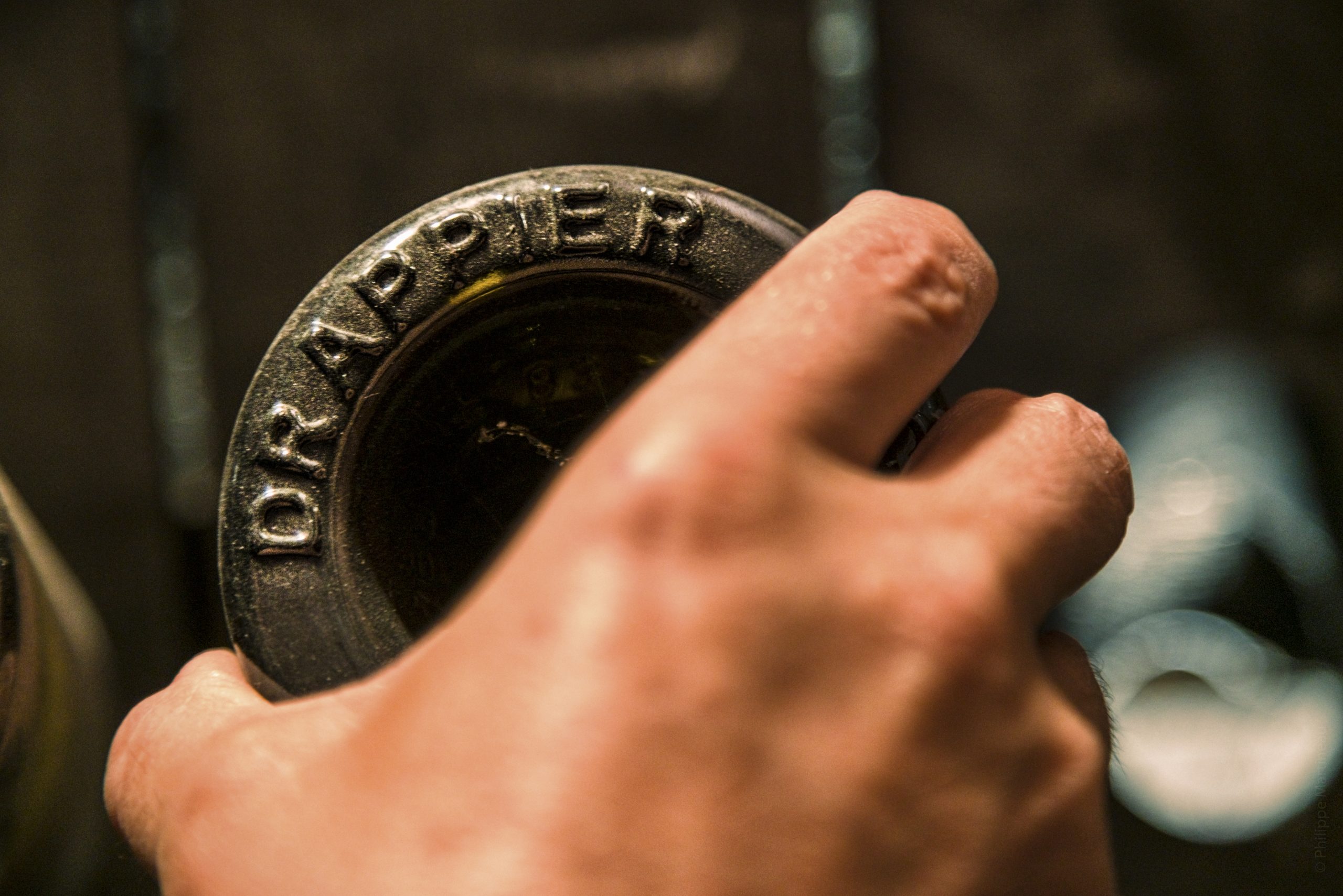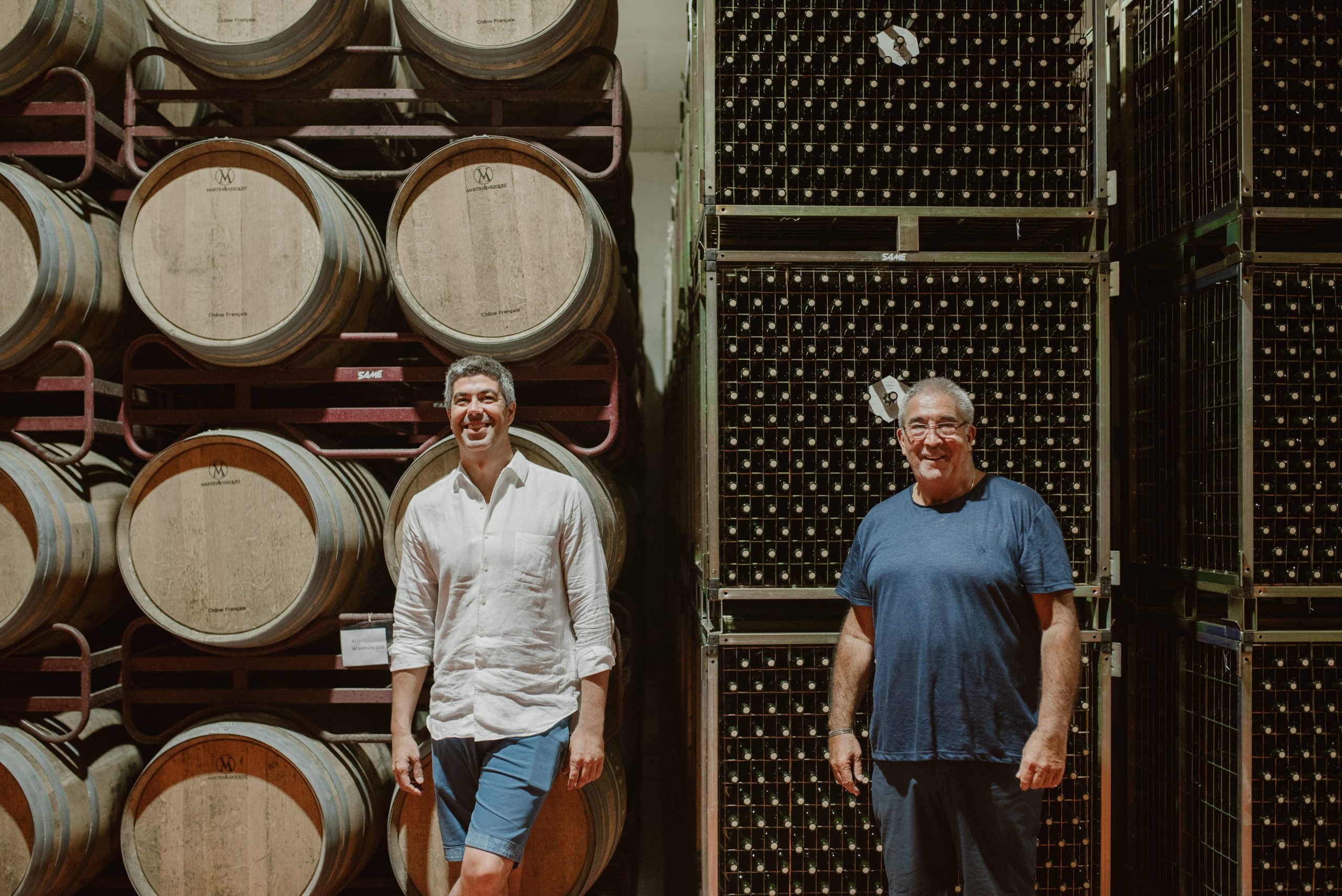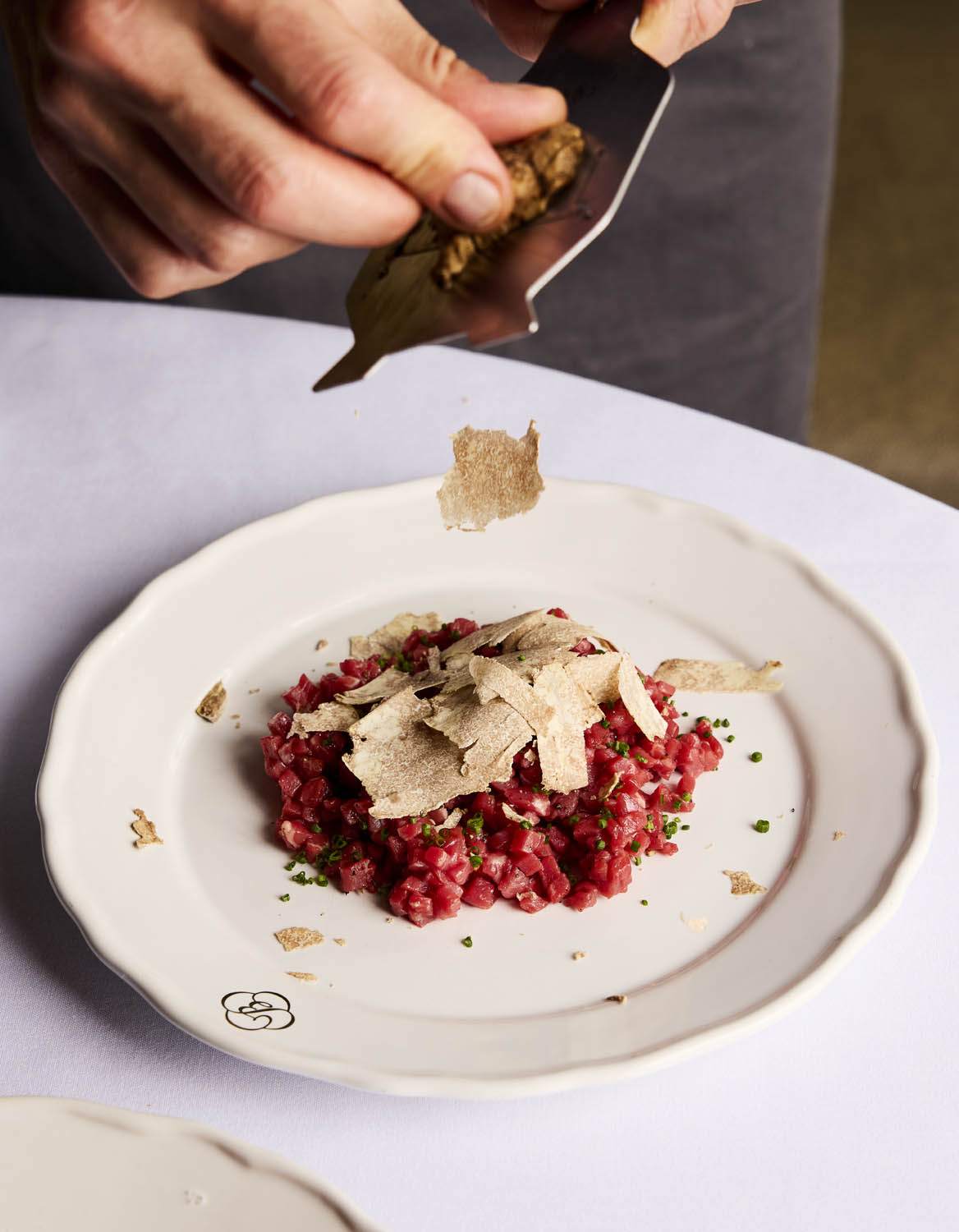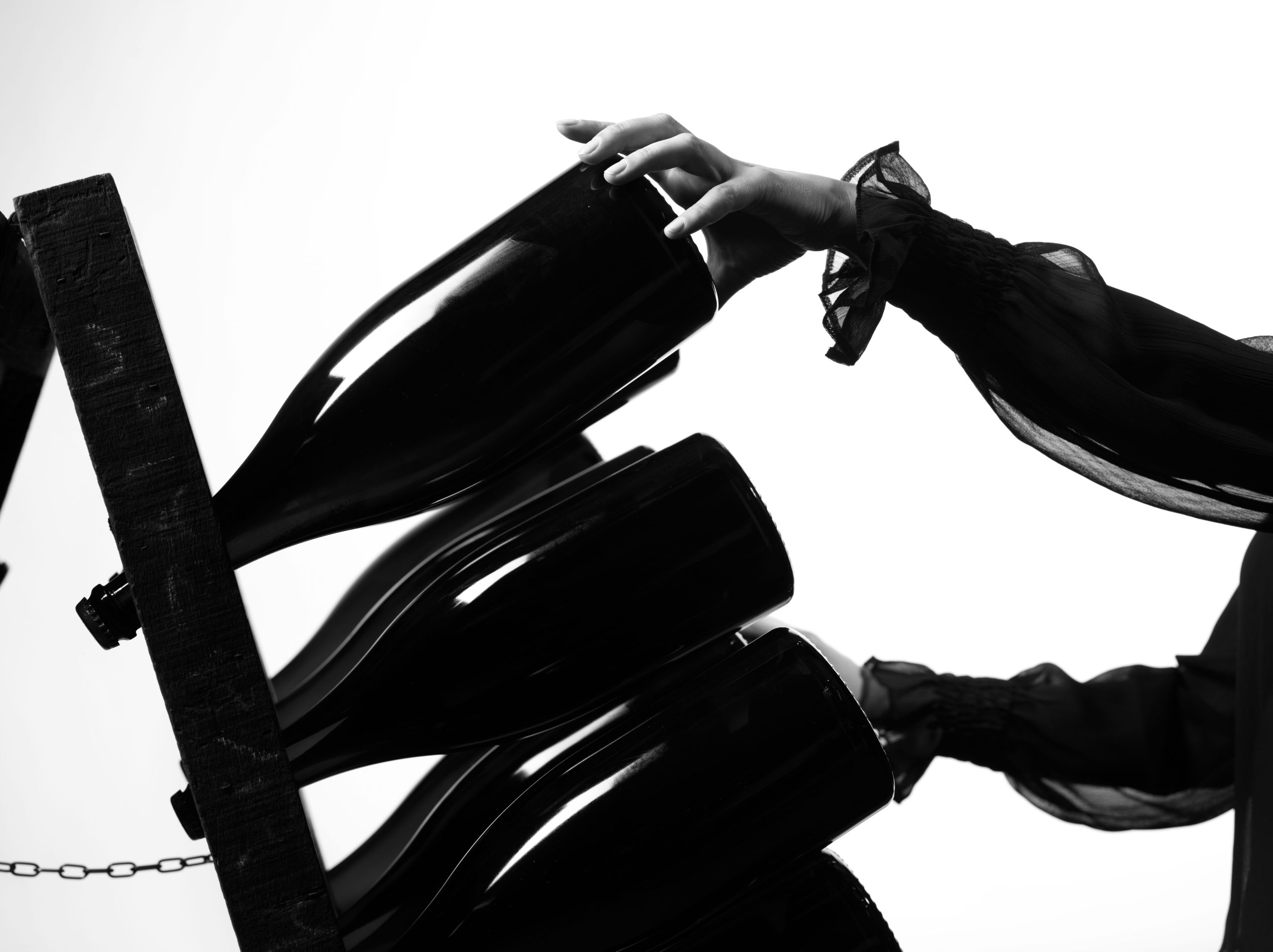Champagne Drappier explains philosophy behind brut nature range
Brut nature may be on trend, but Champagne Drappier has advocated making low dosage wines for three decades.

Trends are a fickle business – in search of the next big thing, almost anything could be declared ‘on-trend’. As lower-dosage wines broke through in wine bars in the 2000s, their status might have seemed precarious, but the clear evidence now is that drier styles have increased their market share.
At Champagne Drappier, however, the trend is dovetailing with a longer-term project. The house has seen many trends come and go since it began production in 1808. However, under the direction of Michel Drappier, brut nature wines have been a project of the last three decades.
Their origins date to 1992, when Drappier made the first experimental bottles of a Pinot Noir-led brut nature. This was then added to the range as a permanent fixture in 1995. Predating the recent trend, it is evidence of the house’s philosophy: making brut nature Champagnes as a statement of quality, rather than as fashionable curiosities.
Further additions to the brut nature range have included a ‘sans soufre’ (sulphite-free) white cuvée and a rosé. Drappier has also released two niche products. The Brut Nature Rosé ‘Les Riceys’ only uses grapes from that Côte des Bar commune, and the most recent addition, named Trop m’en Faut, is an example of rarely used Fromenteau (Pinot Gris). That second wine won a Master medal at this year’s Champagne Masters, praised as a “lovely, aromatic, floral wine, displaying gentle wisteria and white peach with intense buttered toast, smoke and leesy overtones”.
Drappier’s commitment to brut nature, therefore, is hardly new. In fact, the style is a natural result of the house’s position, literal and metaphorical, in Champagne.
Partner Content
Among its vineyards in the Côte des Bar, Drappier has some of the warmest and most continental sites in Champagne. In recent decades, thanks to climate change and advances in winemaking, the sub-region has reliably produced ripe examples of Pinot Noir. Michel Drappier’s decision, therefore, was innately tied to his growing conditions. The natural opulence of Pinot Noir (and indeed Fromenteau) in the warmer climate can be balanced by a lower dosage, better expressing Drappier’s fruit.
The lower dosage also allows for a fine expression of terroir. All of the house’s brut nature wines are produced from its own vineyards, centred on the village of Urville. The local geology, dominated by emerging Jurassic clay, adds a mineral backbone to the wines, which might otherwise be obscured by a heavy-handed dosage. The choice to develop a brut nature range comes from a love of the local vineyards.
In that regard, Drappier’s brut nature project is reflective of the house’s overall principles. The vineyards it owns, for instance, are farmed organically to better protect the land and to express it more authentically. On a more global scale, Drappier was the first Champagne house to be certified carbon-neutral. In recognition of this environmentally conscious approach, Michel Drappier was named the drinks business Green Personality of the Year in 2017.
Such efforts to produce wines sustainably and authentically are laudable, and have become central to the house’s identity. Yet the long-term development of a brut nature range demonstrates Drappier’s faith in high-quality wine, rather than a trendy gimmick. No doubt the wines thrive in aggressively chic wine bars but, as their medal success demonstrates, they are too good to be so simply pigeonholed.
Related news
Non-vintage is ‘putting together a puzzle’ says Champagne Lallier




